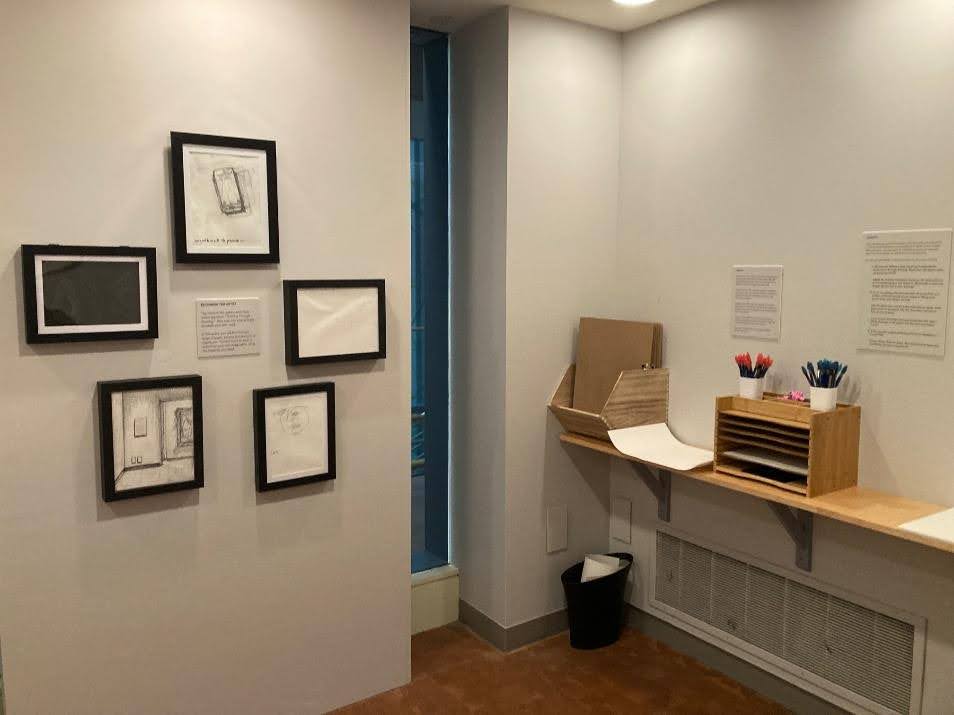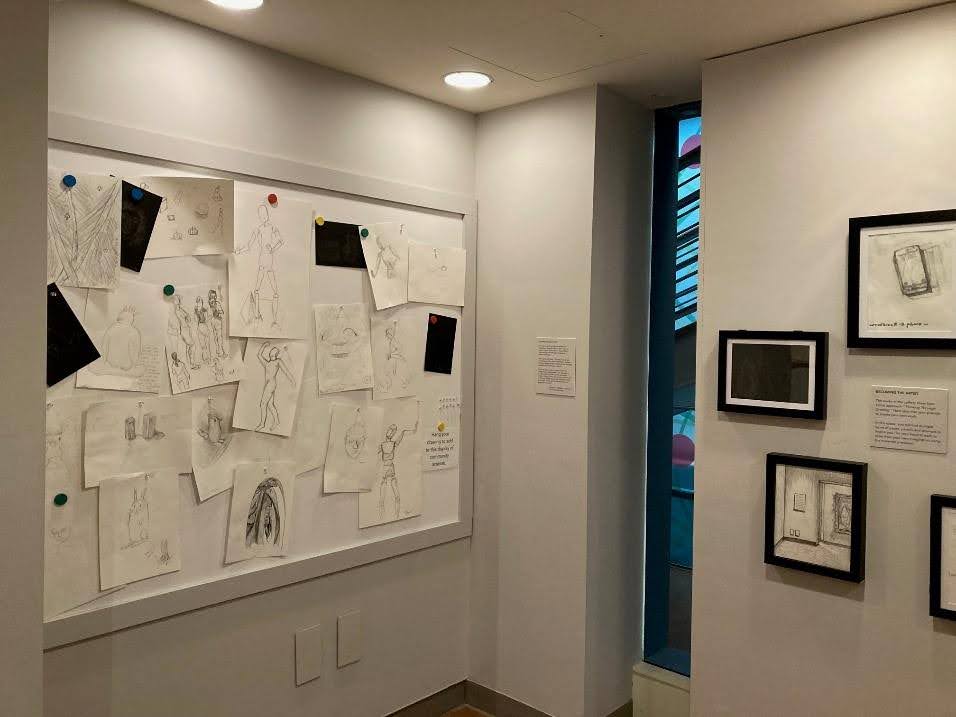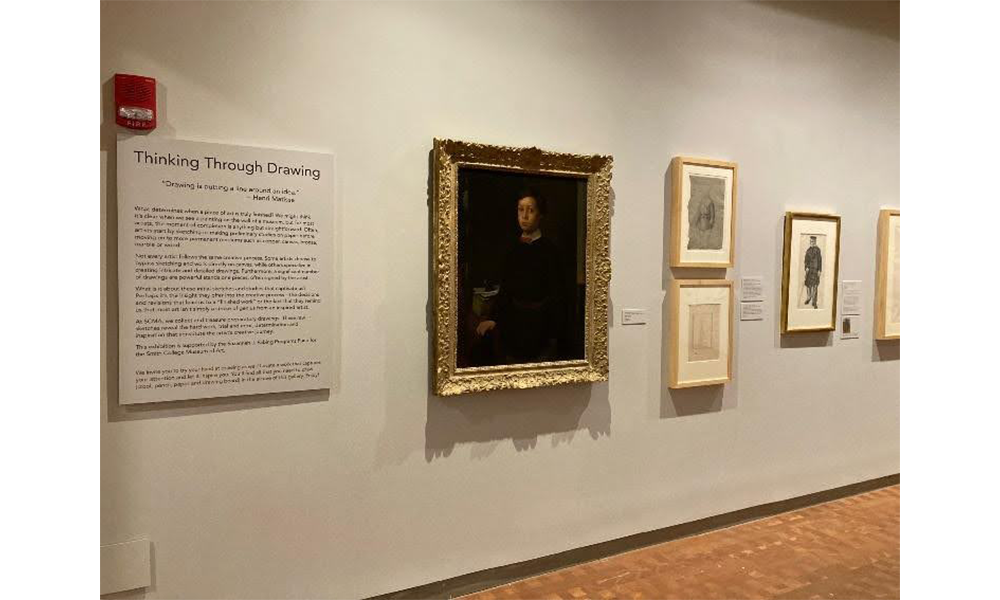
Thinking Through Drawing: On View through September 7, 2025
Henriette Kets de Vries is the Associate Curator and Manager of the Cunningham Study Center for Prints, Drawings and Photographs.
"Drawing is putting a line around an idea."
— Henry Matisse
We are currently showcasing works from our remarkable collection of preparatory drawings. At SCMA, we value and preserve these drawings because they play a significant role in our mission as a teaching museum. Collecting pieces that demonstrate the artist’s creative process is vital to us. However, these works are much more than mere studies or sketches; they invite viewers to look beyond the surface of a “finished” piece and engage in the thought process involved in creating each artwork.

What about these initial sketches and studies captivates us and what can we learn from them?
Perhaps it's the insight they offer into the creative process—the decisions and revisions that lead us to a “finished work” or the fact that they remind us that most art isn't simply a stroke of genius from an inspired artist. These raw sketches also reveal the hard work, determination, trial and error, and inspiration that constitute the artist’s creative journey.
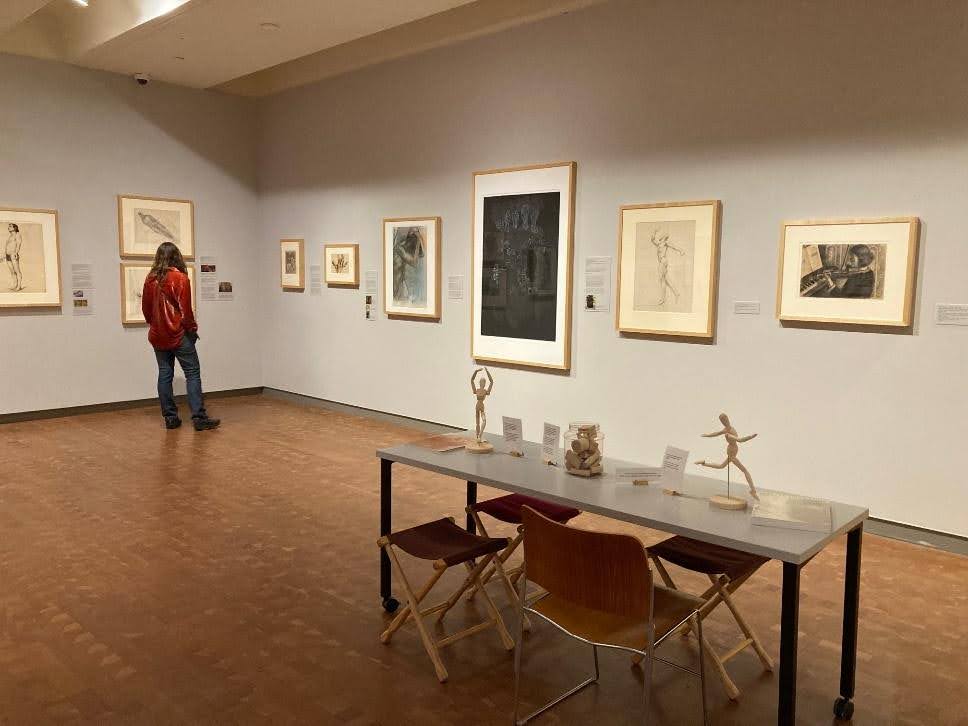
What determines when a piece of art is truly finished?
We might think it's clear when we see a painting on the wall of a museum, but for most artists, the moment of completion is anything but straightforward. Often, artists start by sketching or making preliminary studies on paper before moving on to more permanent mediums such as copper, canvas, bronze, marble, or wood.
Completing a piece of art depends on various factors, and there is no definitive answer to what makes it truly finished. When viewing a painting with no bare canvas visible, one might wonder, "Is it complete?" The artist might have still been contemplating minor details, such as the positioning of the hands or the emotion conveyed in the eyes. At times, external pressures, like tight deadlines or expectations from patrons, could have compelled the artist to declare the work finished, even if they felt it could be improved. This situation raises important questions about what it means for art to be complete and how artists navigate the balance between their creative vision and practical considerations. That is what makes these sketches so powerful since they allow us a glimpse into the artist's thought process.
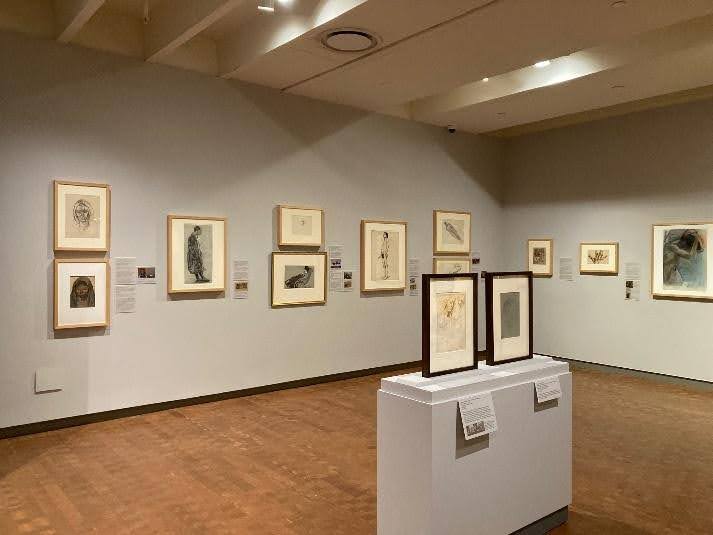
Does every artist create sketches?
Not every artist follows the same creative process. Some artists bypass sketching and work directly on canvas, while others specialize in creating intricate and detailed drawings. Furthermore, many drawings are powerful standalone pieces, often signed by the artist.
The installation will be up till September 7th, 2025, and offers our visitors the opportunity to exercise their own drawing skills. Get inspired by some great works by well-known artists and lose yourself for an hour or so and just look and draw and then draw some more.
If you've ever wanted your artwork displayed on a museum wall, this is your opportunity! Exemplary drawings will be framed for a short time in our alcove display.
